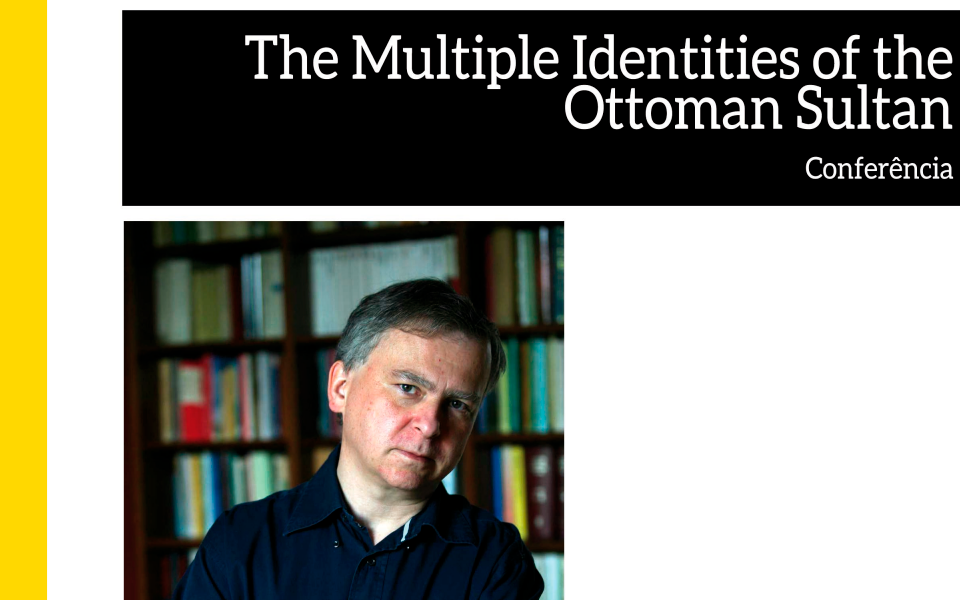
The rise and long-term survival of the Ottoman Empire was facilitated by its rulers’ nuanced policy of international alliances and a skillful PR on the domestic arena, aimed at getting support of provincial elites. Typically posing as the champions of Sunni Islam, especially in their confrontation with the Iberian monarchies and Safavid Iran, Ottoman rulers were also apt to adopt a highly pragmatic policy, for instance in Central Europe where their alliances with Catholic Poland and France formed the cornerstone of their anti-Habsburg strategy. They also cherished the local elites of subject populations – Muslim as well as non-Muslim – by adopting traditional titles of their pre-Ottoman rulers. Thus for the Arabs the Ottoman monarch presented himself as the sultan and caliph, for the Greeks as the basileus and Roman emperor, for the Bulgarians and Serbians as the tsar, and for the Jews as a descendant of king Solomon. It is only in the later centuries that the Ottoman «composite monarchy» was being gradually replaced by a more unitary state, yet the process of Sunni Muslim «confessionalisation» contributed towards a rising alienation of dissident communities in the era of ascending nationalisms.







